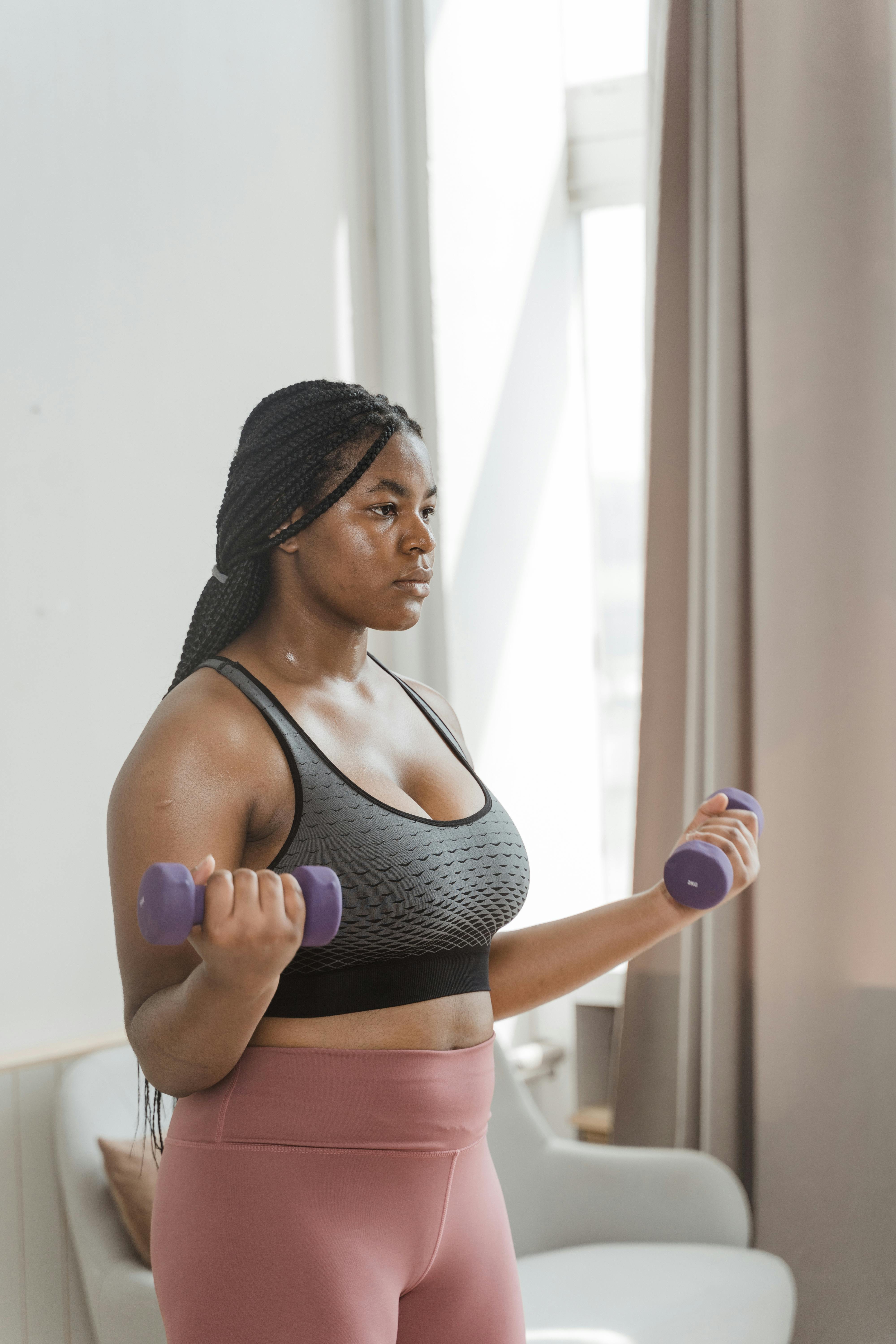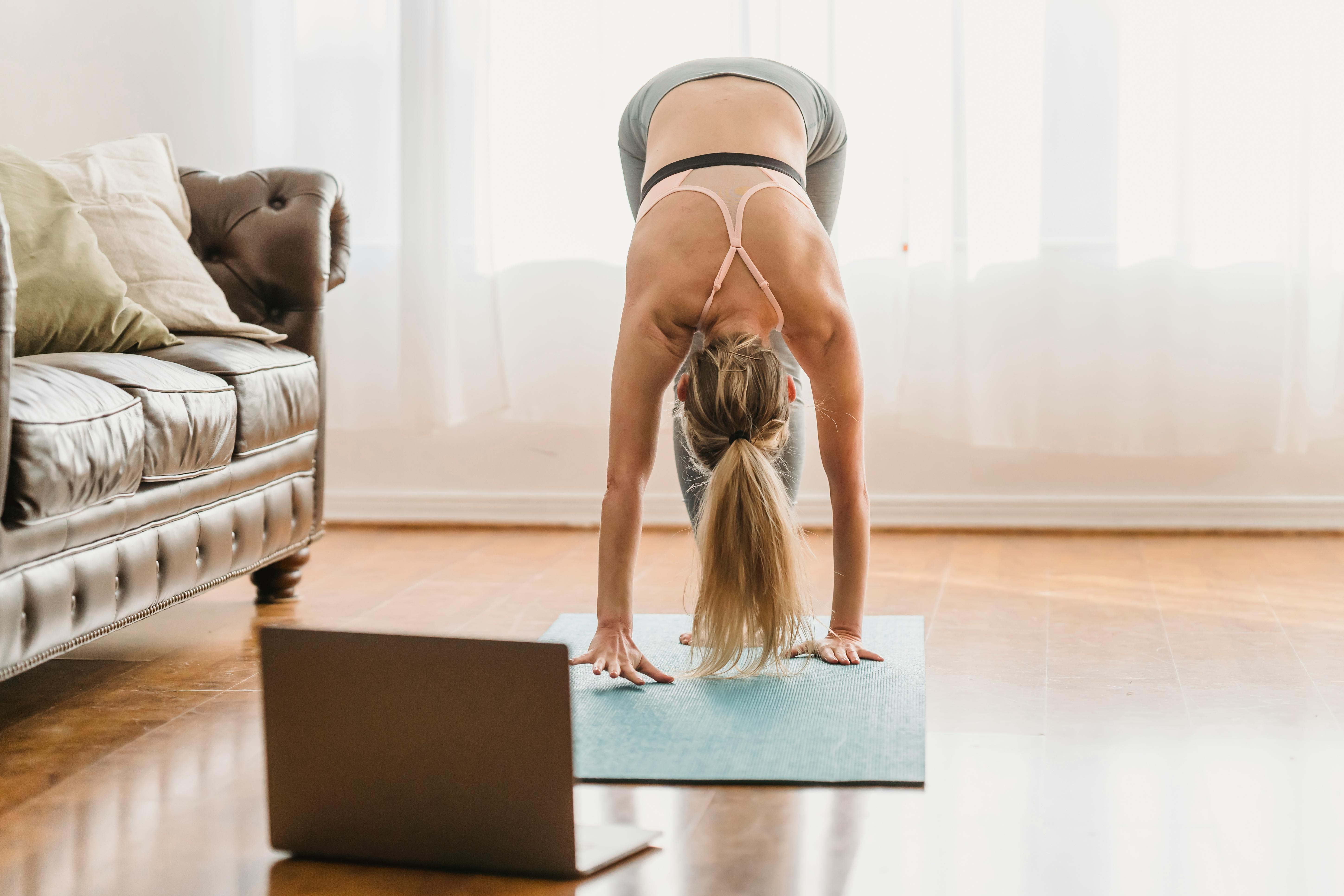Practical Guide to Your Home Workout Plan for 2025: Optimize Results and Enhance Fitness
With the growing importance of personal health and fitness, creating an effective home workout plan has become a priority for many. In 2025, the focus on fitness will not just be about breaking a sweat but involves strategic planning to optimize results while maintaining motivation. This article outlines essential components of a home workout plan, compiling tips for strength training, cardio, flexibility workouts, and nutrition—the pillars of a holistic fitness approach. Understanding these concepts will empower you to efficiently achieve your fitness goals.
Home workouts offer convenience, flexibility, and diverse options. Whether your aim is fat loss, muscle building, or enhancing your overall health, this guide will provide you with the necessary tools to craft a successful workout regime tailored to your needs. Moreover, it includes practical advice on various fitness disciplines such as bodyweight training, Pilates, and yoga, allowing for variety in your workouts. You’ll also discover how to effectively integrate nutrition with your training for optimal energy and recovery. By the end, you’ll be equipped with a comprehensive understanding to tailor your fitness journey effectively.
Here’s what you’ll learn:
- The fundamentals of an effective home workout plan
- How to synergize strength, cardio, and flexibility training
- Plenty of fitness tips and nutritional advice to enhance performance
- Best practices to stay motivated throughout your journey

Essential Components of a Home Workout Plan
Building an effective home workout plan begins with understanding its core components. These include a balanced routine that incorporates strength training, cardio, and flexibility exercises—all critical for enhancing overall fitness. Each component serves a unique purpose, contributing to muscle development, cardiovascular health, and the ability to perform everyday tasks more effectively.
Building a Balanced Routine
A balanced workout plan consists of strength training, cardiovascular exercises, and flexibility training. Strength training can be achieved through bodyweight exercises or with equipment such as dumbbells. For muscle building, key exercises like squats, deadlifts, and push-ups are essential. Aim for specific repetitions and sets that align with your fitness level and objectives. For beginners, focusing on moderate weights with high repetitions is advisable.
Integrating Cardio for Heart Health
Cardiovascular exercise is crucial for boosting heart health and burning calories. Activities such as jogging in place, jumping jacks, or high-intensity interval training (HIIT) can fit seamlessly into your home routine. Aim for at least 150 minutes of moderate-intensity aerobic activity, such as brisk walking, or 75 minutes of vigorous activity, like running, each week.
Enhancing Flexibility and Core Strength
Incorporating flexibility exercises and core training can significantly improve your overall performance and reduce injuries. Simple yoga or Pilates routines can enhance flexibility, while dedicated core workouts help build a stable foundation for all movements. Programs that mix strength, cardio, and core exercises create variety and maintain interest in your training.
Setting and Achieving Your Fitness Goals
Cultivating clear, achievable fitness goals is vital for motivation and tracking progress. Whether your goal is to lose weight, gain muscle, or improve endurance, defining what you want to achieve will guide your workout plan and keep you focused.
Defining SMART Goals
Adopting the SMART criteria—Specific, Measurable, Achievable, Relevant, and Time-bound—can help frame your fitness aspirations effectively. For instance, instead of aiming to “get fit,” specify a target of “losing 5 kg in three months” or “increasing my bench press by 10 kg in two months.” This clarity not only inspires dedication but also allows for adjustments as needed.
Tracking Progress and Making Adjustments
Utilizing a training diary or fitness app enables monitoring of workout progress, which is crucial for long-term success. Tracking metrics such as weight, workout completion, and personal feelings post-exercise can guide necessary adjustments to your plan. Make gradual changes based on progress and fitness levels to avoid plateaus and ensure continuous improvement.
Incorporating Rest and Recovery
Rest days are as important as workout days. Adequate recovery promotes muscle repair and prevents burnout. Incorporate active rest days with light activities like walking or yoga. Prioritize sleep and hydration to support overall health and workout recovery.

Effective Home Workout Strategies
Implementing effective strategies within your home workout can improve motivation and deliver results. These include varied workout types, the use of minimal equipment, and incorporating fitness apps or online classes to ensure engagement and support.
Utilizing Bodyweight Exercises
Bodyweight training is a fantastic option for any fitness level, as it encourages functionality and builds strength without the need for heavy machinery. Exercises like push-ups, planks, and lunges can be modified to increase or decrease difficulty, making them versatile and effective for muscle building and toning.
Incorporating Fitness Devices
Investing in basic fitness devices like resistance bands, dumbbells, or a yoga mat can enhance your home workouts. These items add variety to your routine and can greatly increase the effectiveness of your exercises. Additionally, consider fitness apps for diverse workout guidance and motivation.
Engaging with Virtual Communities
Connecting with a fitness community through social media or apps can provide accountability and motivation. Engaging with others who share your fitness interests can lead to group challenges and support in reaching your goals. Participating in fitness parties or online challenges can inject fun into your workouts.
Nutritional Support for Optimal Fitness
Nutrition plays a crucial role in any workout plan. Fueling your body with the right foods enhances performance, speeds recovery, and supports weight management. Balancing macronutrients—carbohydrates, proteins, and fats—is essential for achieving desired fitness outcomes.
Crafting a Healthy Meal Plan
Creating a diverse meal plan centered around whole foods supports your fitness regime. Focus on consuming lean proteins, healthy fats, and fiber-rich carbohydrates. Meal prepping can save time during the week and ensure you always have nutritious options available.
Hydration and its Importance
Staying hydrated is fundamental for overall health and contributes to workout performance. Water regulates body temperature and aids in nutrient transport. Incorporate adjustments based on your activity level—more intense workouts require increased fluid intake.
Utilizing Supplements Wisely
While whole foods should form the primary basis of your diet, supplements like protein powders can help meet specific needs, especially for muscle recovery. Consulting a nutritionist before introducing supplements into your diet can ensure you’re not overlooking key nutrients.
Motivation and Overcoming Barriers
Maintaining motivation can be challenging, especially when pursuing long-term fitness goals. Identifying potential barriers and developing strategies to overcome them is crucial in sustaining your workout commitment.
Identifying Common Barriers
Common obstacles include time constraints, boredom, and lack of results. A proactive approach in recognizing these challenges can lead to effective solutions, such as scheduling workouts in advance, varying routines, or adjusting intensity levels based on energy.
Finding Your Personal Motivation
Understand what motivates you—whether it’s physical appearance, improved health, or personal challenges. Set yourself small, rewarding goals along the way to increase motivation and sustain interest in the program. Celebrate personal achievements to keep moving forward.
Staying Consistent in Your Routine
Simply establishing a routine can help cultivate consistency. Aim for specific days and times each week to workout. Making fitness a non-negotiable part of your schedule can aid in seamlessly integrating it into your life.
Conclusion: Embarking on Your Fitness Journey
By implementing the strategies outlined in this guide, you can create a successful home workout plan that sets you on the path to achieving your health and fitness goals. Remember, consistency and adaptability are key—stay flexible with your approach, adjusting as needed to keep your workouts fresh and engaging. With the blend of structured workouts, nutritional strategies, and effective motivation, you are well on your way to transforming your fitness journey in 2025.
For more tips on workouts and healthy living, don’t miss our other articles on fitness trends and effective training methodologies: Fitness Trends and Health Tips and Recipes.
